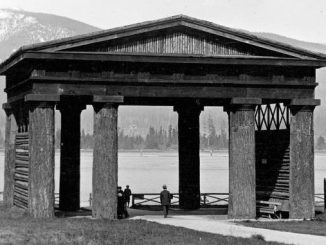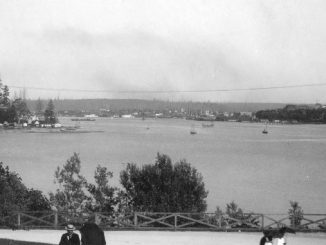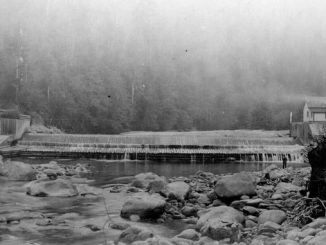From utilitarian highway bridges to showstopping landmarks and historic viaducts, Vancouver is awash with bridges. A necessity to connect the islands and the mainland, the bridges of the West Coast are marvels of engineering, construction, style, and an exemplary model of urban planning that make cities more walkable and bicycle friendly.
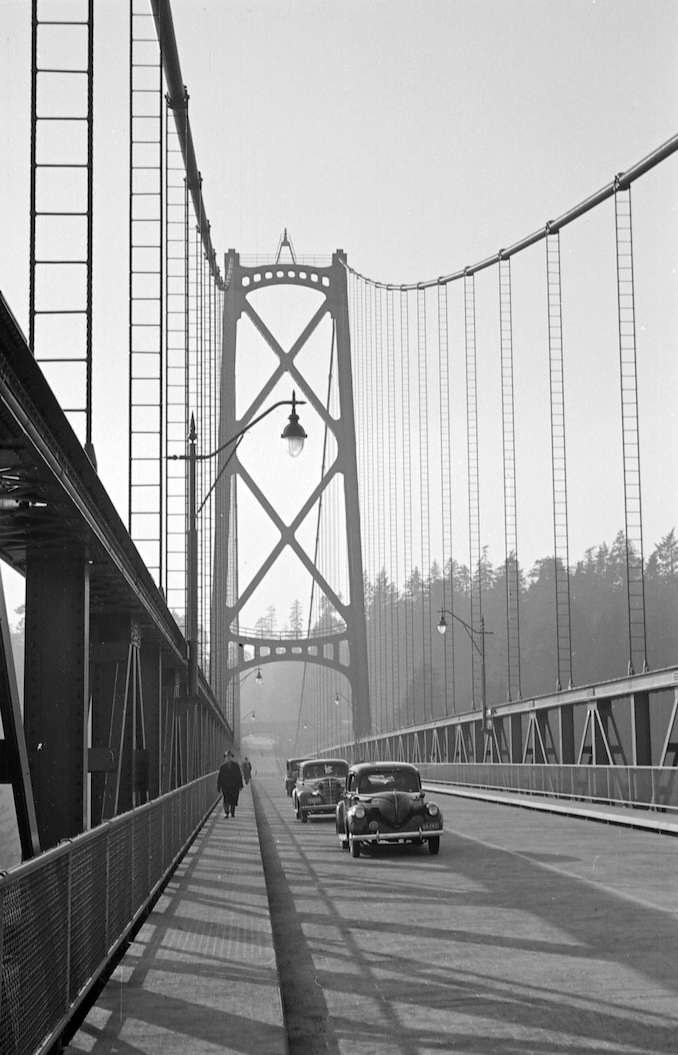
The grand Lions Gate Bridge, an open steelwork suspension bridge completed in 1938, is the Golden Gate Bridge of British Columbia.
Another landmark is the Burrard Bridge, also constructed in the 1930s. The steel truss bridge allows for vehicle and pedestrian traffic, and also features bike lanes. Its Art Deco design earned the bridge its own postage stamp in 2011.
The high traffic highway Granville Street Bridge has a long history, with the first iteration of the bridge opening in 1889, the second in 1909, and the third and current bridge in 1954, and like the Burrard Bridge it also allows for pedestrians and cyclists to share the bridge.

The Cambie Bridge is a girder bridge, and the current design was completed in 1985, while the first bridge spanning False Creek opened in 1891, with a second was built in 1911. The bridge is part of the route for many popular marathons, and like many of the bridges in Vancouver is also not automobile-centric and is built for foot, vehicle, and bicycle traffic.
The Second Narrows Rail Bridge is a railway first build in 1925, and was joined by a newer bridge in 1960, and the current version of the bridge was constructed in 1968.
The Georgia Viaduct built in 1915 included streetcar tracks that were never put into service. The current viaduct constructed in 1972 was used as a setting in the movie Dead Pool.
For more images, visit the Vancouver Archives.

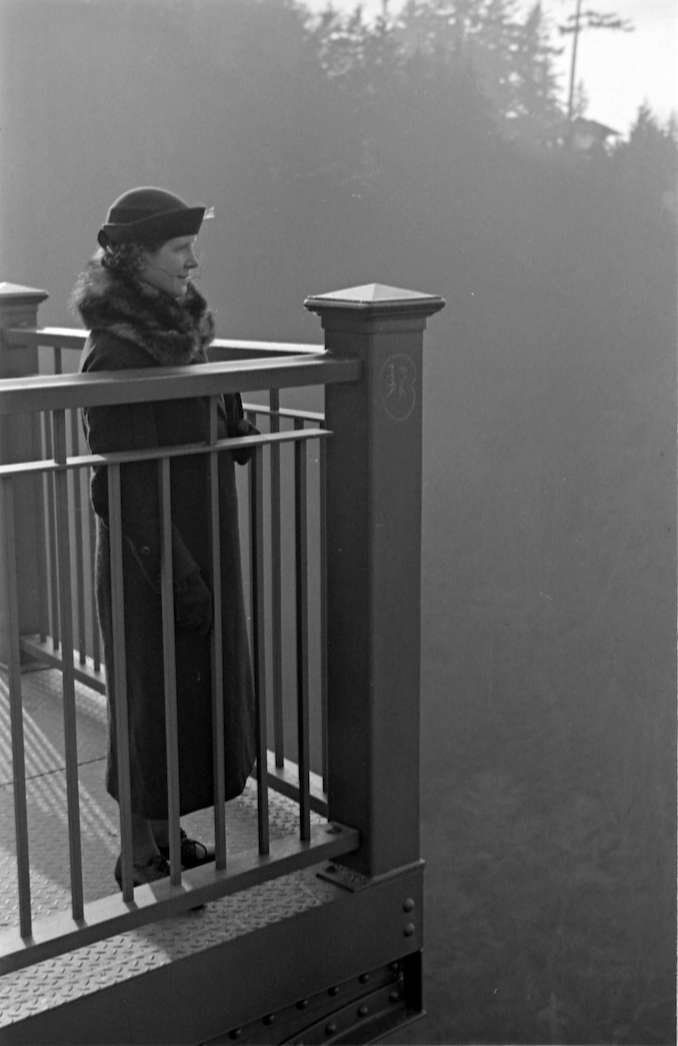
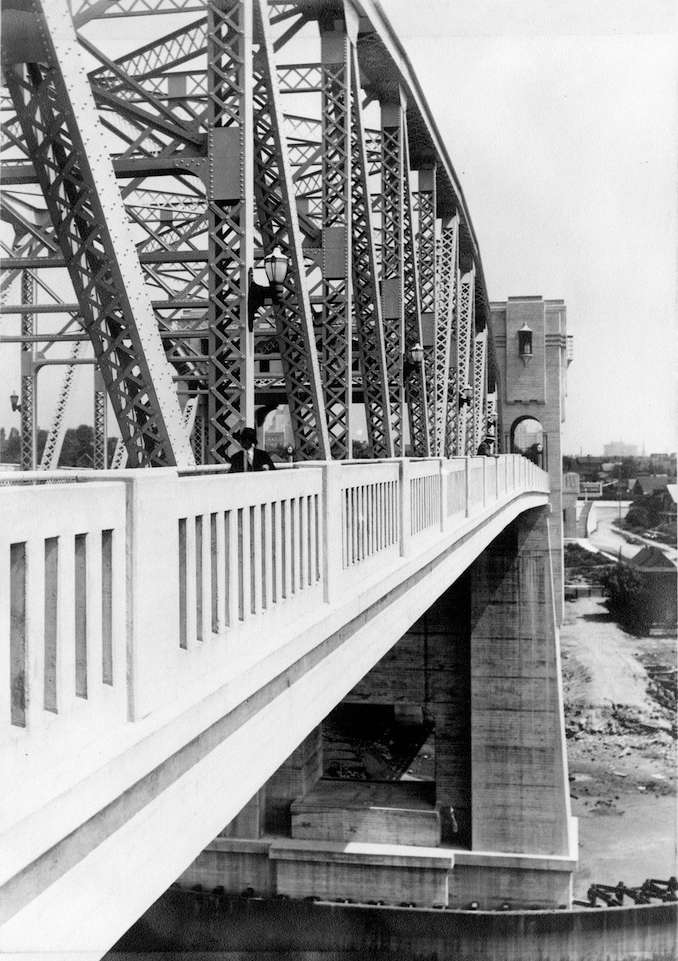
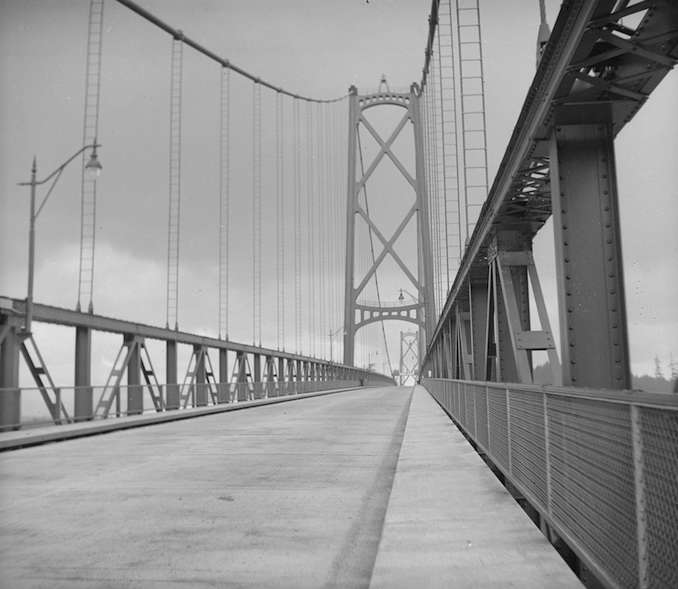
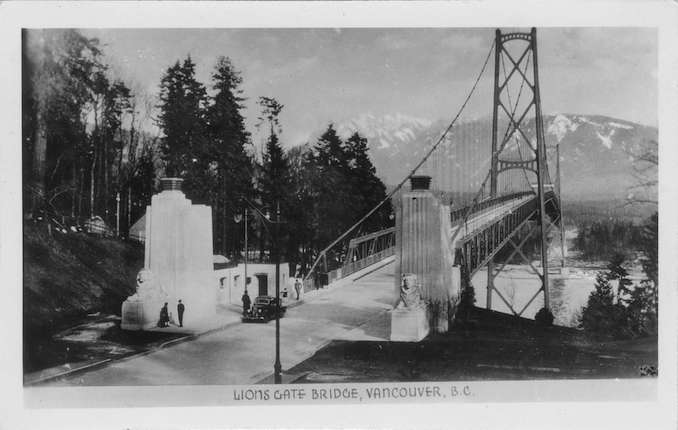

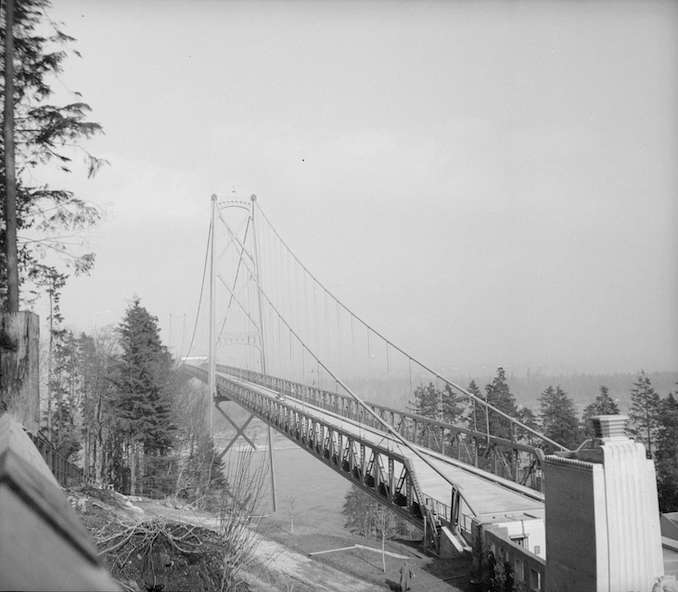

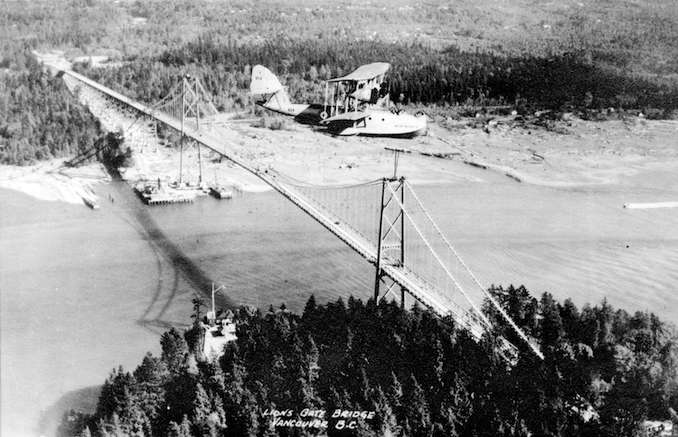

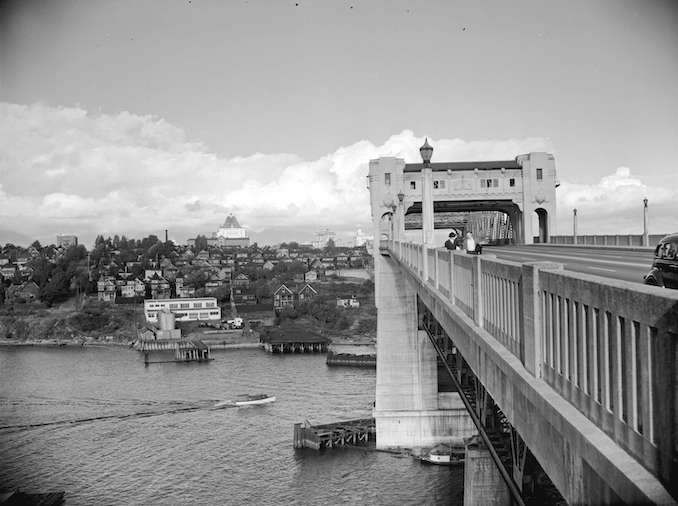
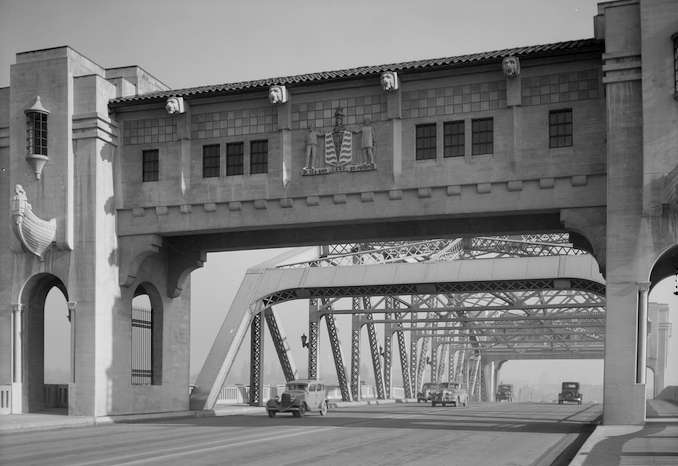
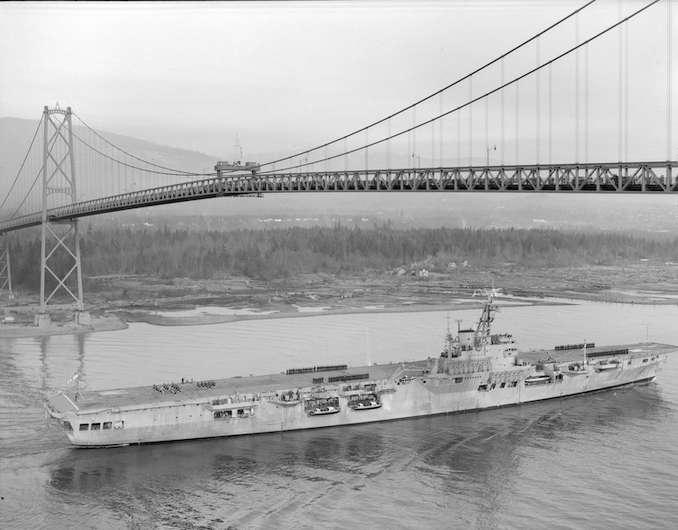
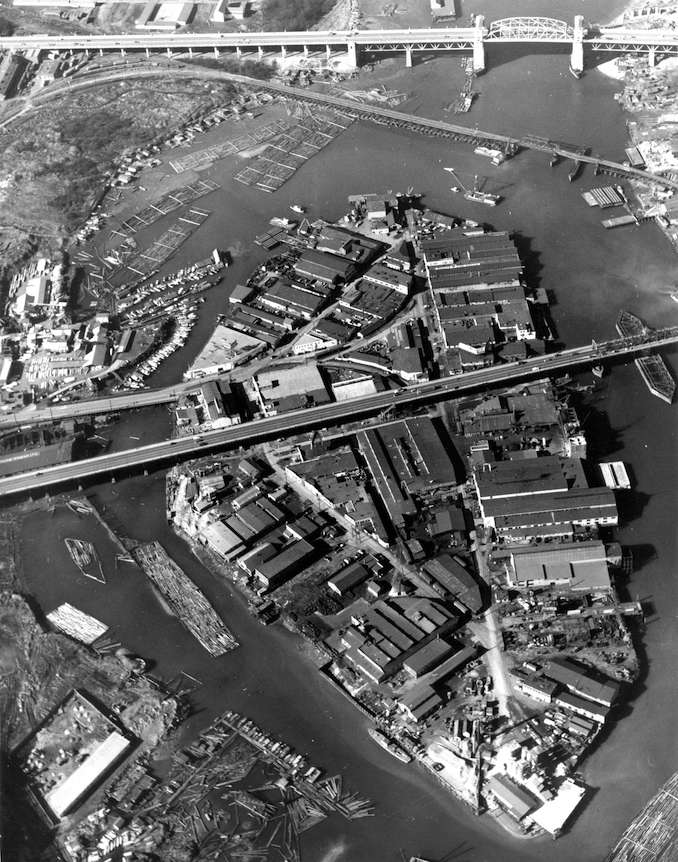
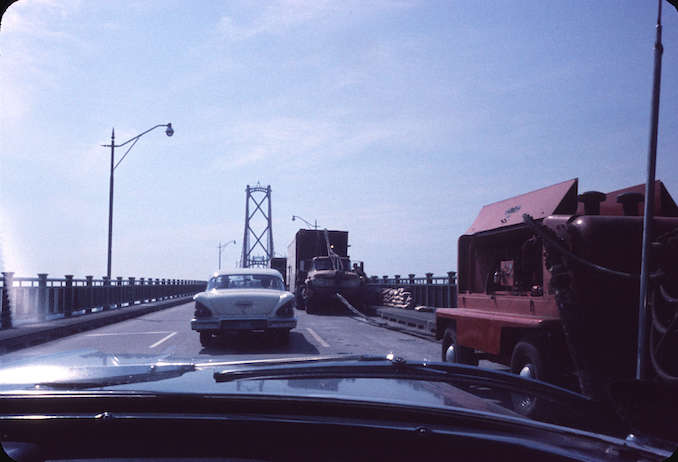
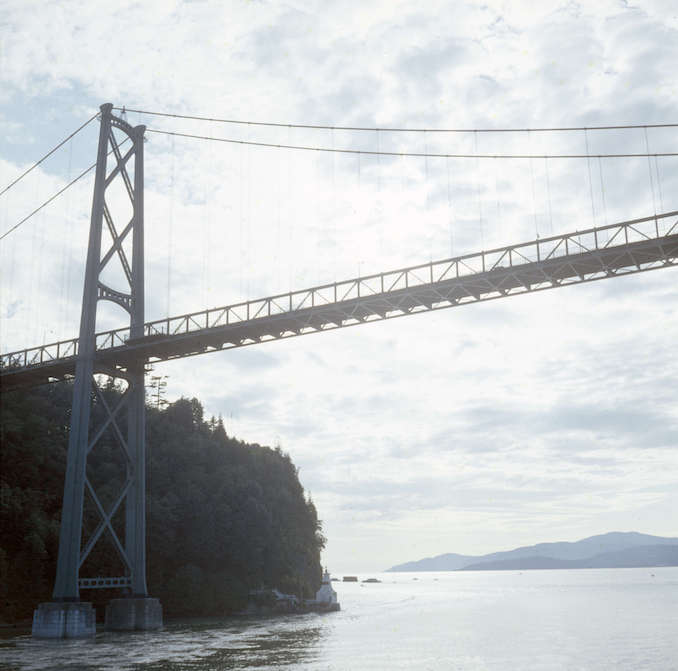

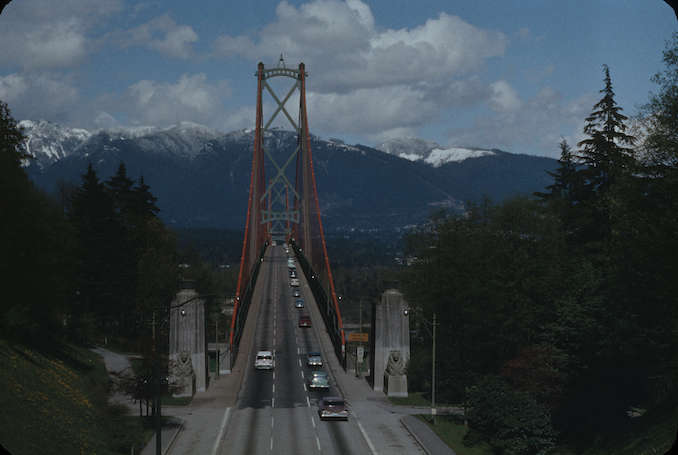
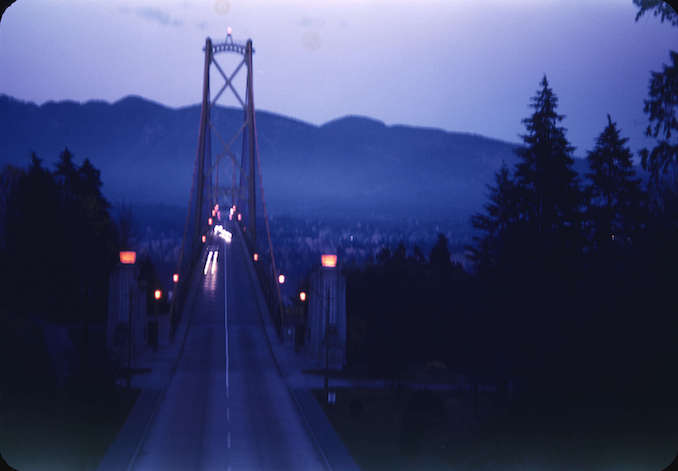
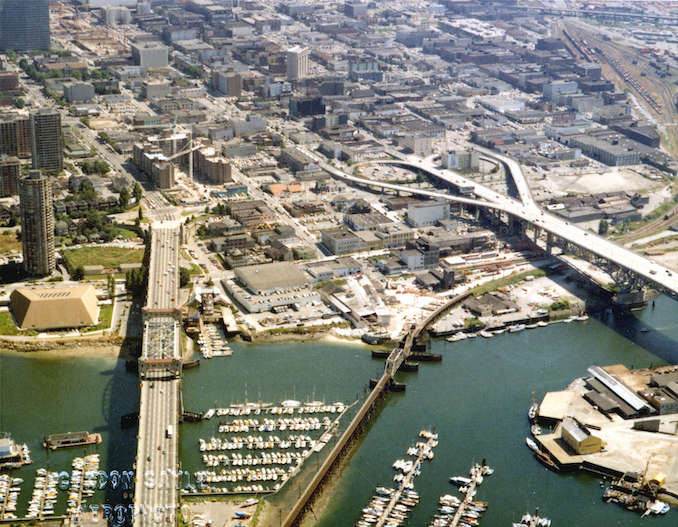
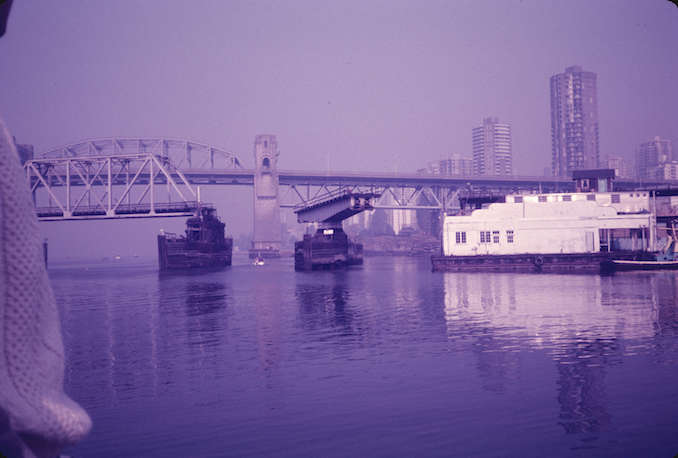
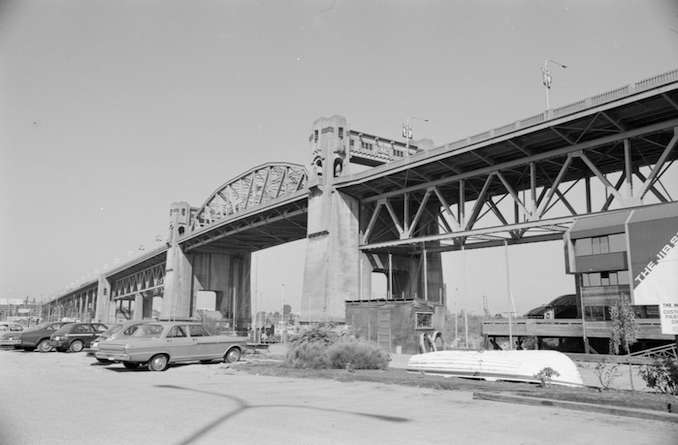


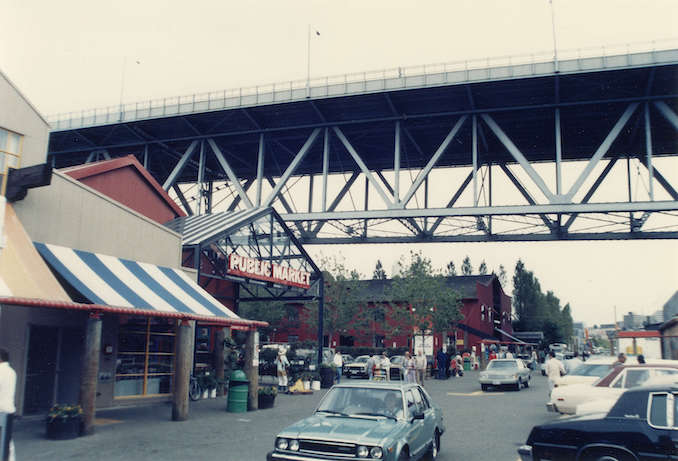
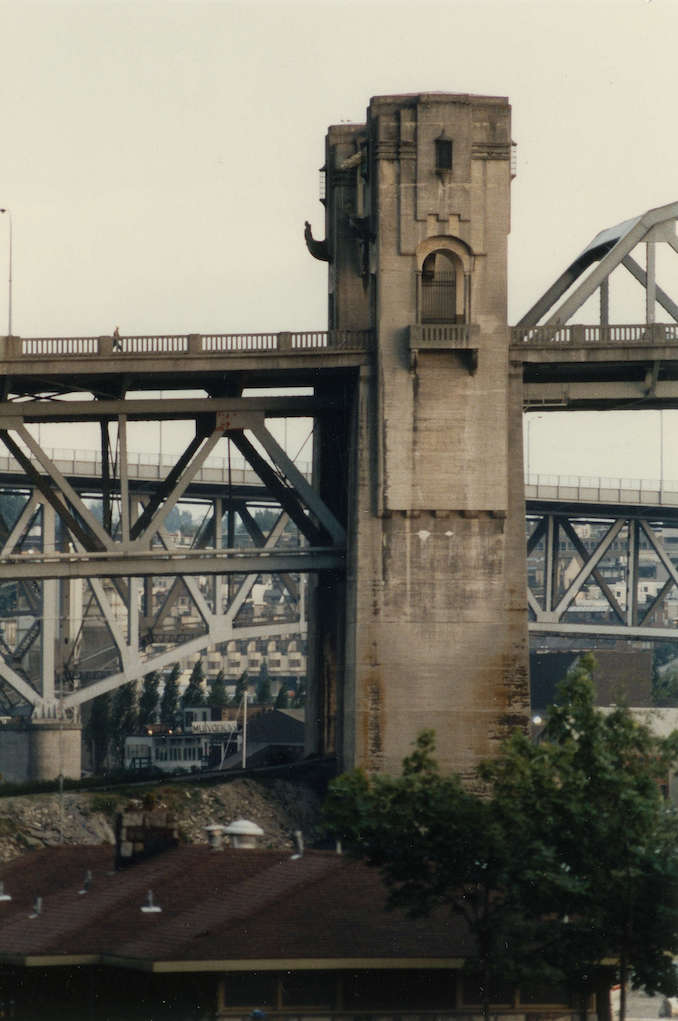
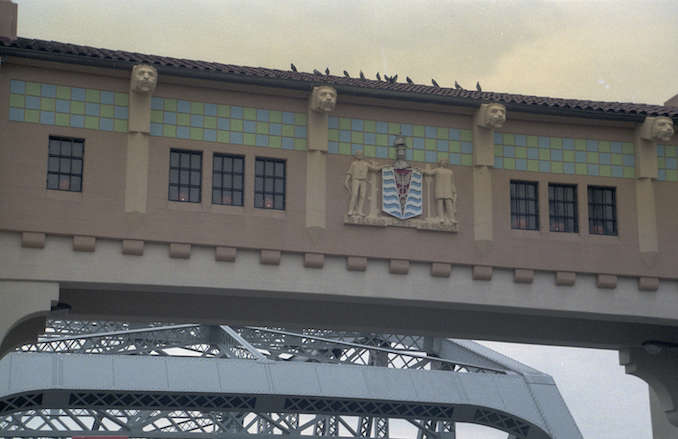

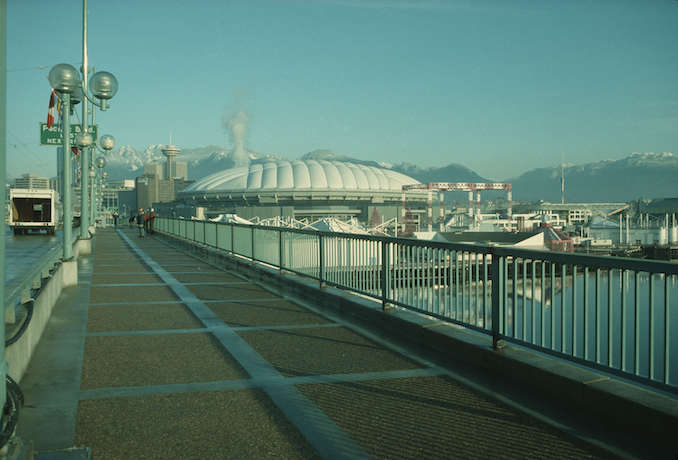
To check out the Vancouver Archives and their incredible gallery of old photographs and documents, visit their website HERE.


